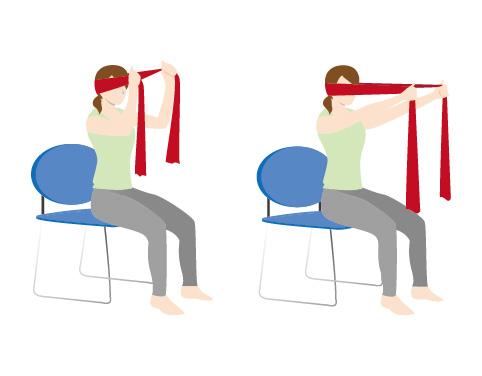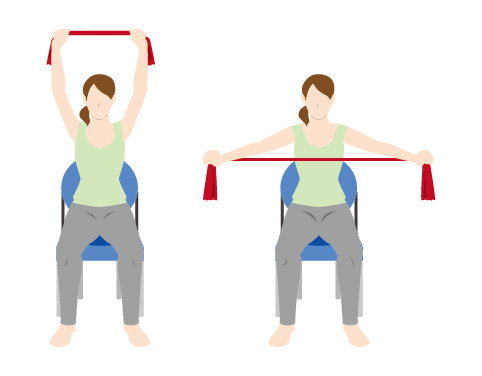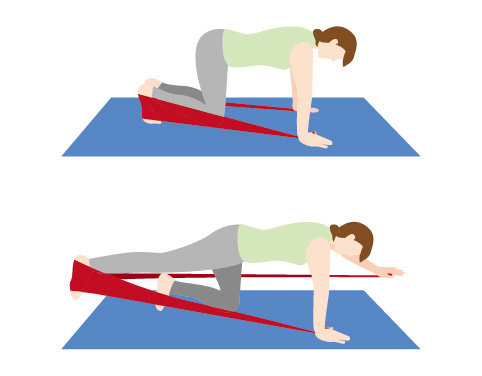加载中
The mid (thoracic) spine naturally has some kyphosis or C-shaped curvature. A kyphotic spinal deformity means there is excessive forward curve in the spine resulting in a rounded or hunched/humped back appearance.
Symptoms of kyphosis can range from unattractive posture, to pain, to severe problems of pressure on the lungs and abdomen. The pain occurs primarily in the area of the kyphosis. A severe curve can also begin to exert pressure on the spinal cord and spinal nerve roots, which may cause weakness in the lower extremities. Eventually there can be pressure on the lungs and abdomen, affecting breathing and appetite.
People who suffer from kyphosis may feel ashamed or embarrassed about the effects of this condition on their appearance. Some may even become socially withdrawn or reluctant to take part in activities.

Treatment for kyphosis will depend on its severity and underlying cause. In the past, it used to be very serious when it was discovered, so the most treatment of kyphosis was surgery. Ferreira-Alvcs A (1995) advocated that patients with kyphosis should pursue early surgical treatment. However, today, with the advancement of medical research and technology, the surgical treatment of kyphosis has become a matter of some controversy.

According to the NHS, kyphosis rarely requires surgical treatment. It is only needed in some severe cases to correct the curvature of the spine. With the development of medical research and technology, early intervention such as braces and functional rehabilitation have become more important for treating kyphosis. Soo CL (2002) found the difference between nonsurgical treatment and surgical treatment is similar. Weiss (2003) found that the physical treatment of patients undergoing hospitalization can reduce the angle of kyphosis. Ghoussoub K and Pizzutillo PD (2004) suggest functional rehabilitation and braces may improve the symptoms and severity of kyphosis.
Therefore, if the relevant physical therapy is started in addition to the observation in the early stage of kyphosis, the deterioration of kyphosis and the correction of the kyphosis angle of the patient can be avoided, thereby reducing the chance of surgery.
Common goals for braces include the following:
A brace is the standard treatment to control curvature progression in adolescents if a patient is still growing and the curve is likely to get bigger. It is important to wear the brace daily for a number of hours prescribed by the doctor. Sometimes an adolescent might feel self-conscious about wearing a brace. Though the brace can prevent the curve from getting worse, it may take some time for the patient (and caregiver) to get used to it. However, once the patient has reached skeletal maturity, bracing is used for pain relief rather than kyphosis prevention.
Exercise and physical therapy are important for adults with kyphosis. Research has found that spine strengthening and posture training can bring results as early as 6 months into the routine, improving kyphosis symptoms like spinal curvature. The OPPO BAND can be used to do some home exercises to strengthen the muscles.




Copy Link